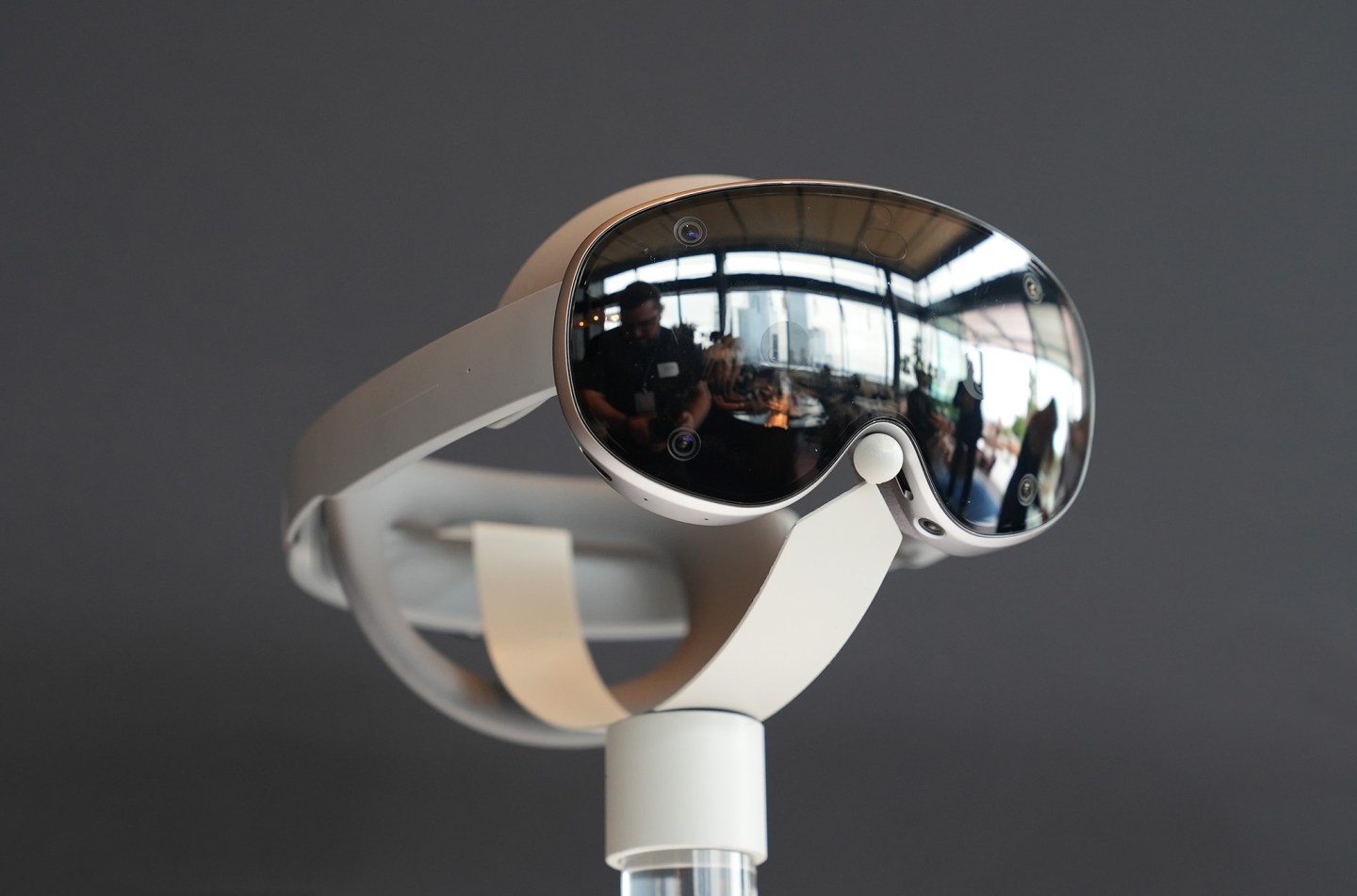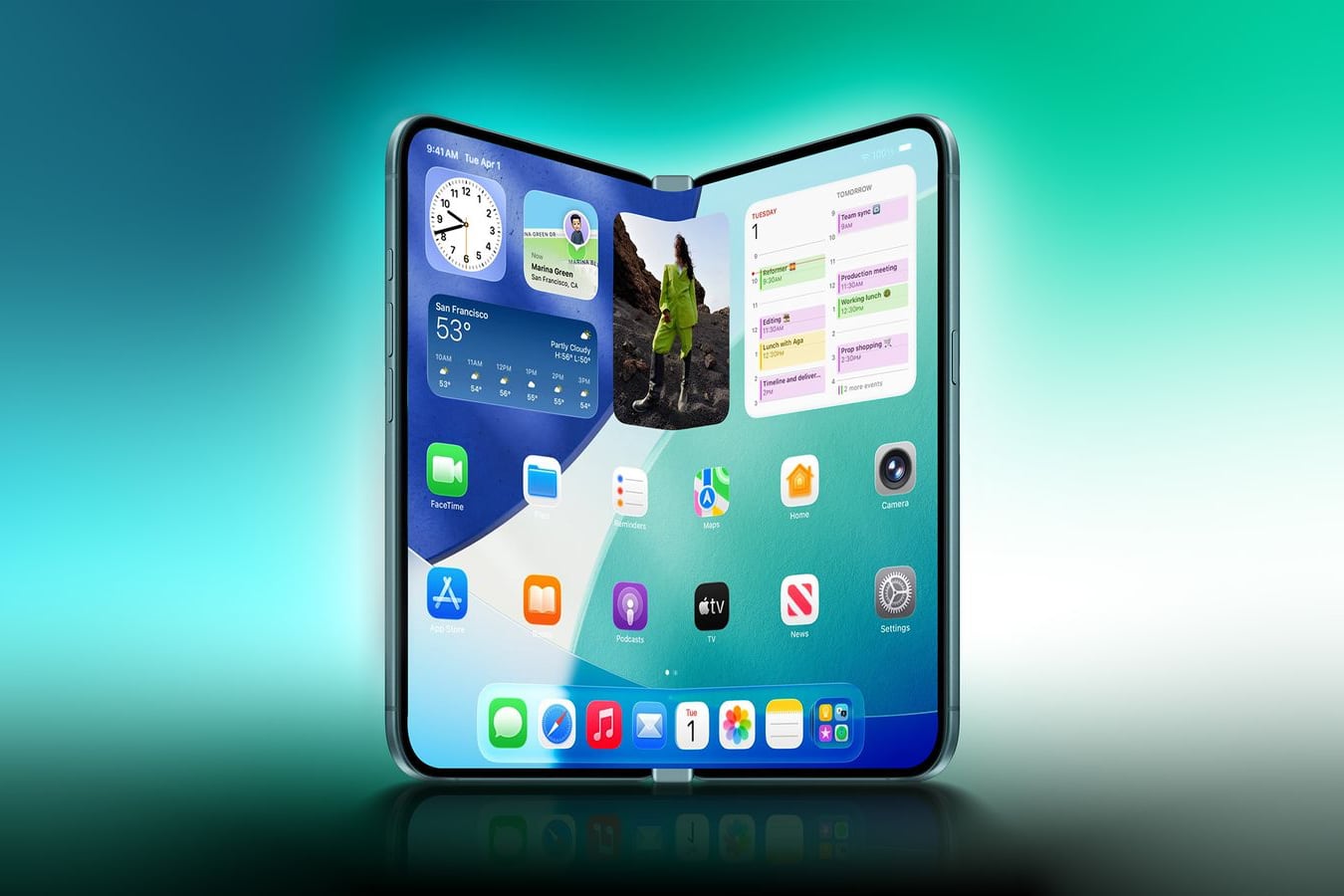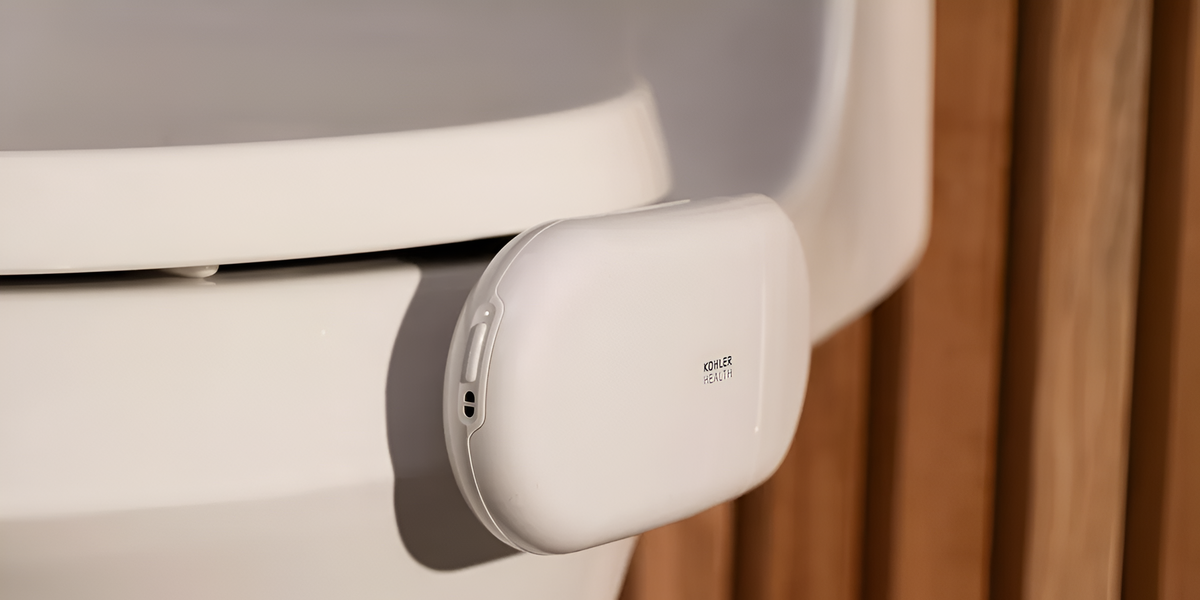Last October 31 born in the United States Lydia and Timothy, twin babies whose mother is only three years older than them. And no, this is not a Halloween prank. This is pure reality, although the story has certain nuances. Mainly because the children stayed 30 years frozen as embryos before being transferred into the uterus of the woman who eventually gave birth to them.
Thus, they became babies born from the longest-lived embryos, according to what they indicate from National Embryo Donation Center. So far, the record has been held by Molly Gibson, a baby born on October 28, 2020 from an embryo that was frozen for 28 years. The difference is small, but just as amazing.
In fact, both are good news, as they show that modern methods of embryo freezing they are so well implemented that they can be kept for much longer than originally intended.
Two children in their 30s.
The embryos that gave rise to these two babies were created on April 22, 1992from sperm of a 50 year old man and eggs from a 34-year-old woman. The latter was the donor, and the sperm came from the couple who requested insemination. in vitro. Several embryos were obtained, some of which were successfully transferred to the mother.
As soon as she decided not to have any more children, she was given the opportunity donate embryos leftovers, and that’s what he did. Therefore, they were kept frozen until Philip and Rachel Ridgway They went to the artificial insemination center in Knoxville for treatment. There they were offered to transfer two frozen embryos from a donor. And from the available options, it was considered that these could be suitable, despite the frosty weather. After all, the case of Molly Gibson contributed to the more frequent use of these types of embryos. The result was clearly a success, as two babies were born without problems.
How long can embryos be frozen?
The length of time that embryos can be stored frozen depends largely on the legislation of each country. In SpainFor example, Law 14/2006 of May 26 establishes: “… for a period equivalent to the woman’s childbearing life, so that they can be transferred to her in subsequent attempts.”
However, this would not be entirely true, as these embryos were not frozen for the mother’s use, but were donated to other couples. In addition, the procedure was carried out in the USA, where there are no restrictions in this regard. Perhaps the restriction could be set more on a technical level than a legal one. However, according to statements collected living science from Barry Behrprofessor of obstetrics and gynecology at Stanford University, with modern technology it is already possible to save embryos For undefined period.
Based on these statements, we should expect that over the years we will see more cases like those of these two twins, or like Molly. Children who really formed almost at the level of their own parents. Without a doubt, we can say that we are already living in the future.
Source: Hiper Textual













